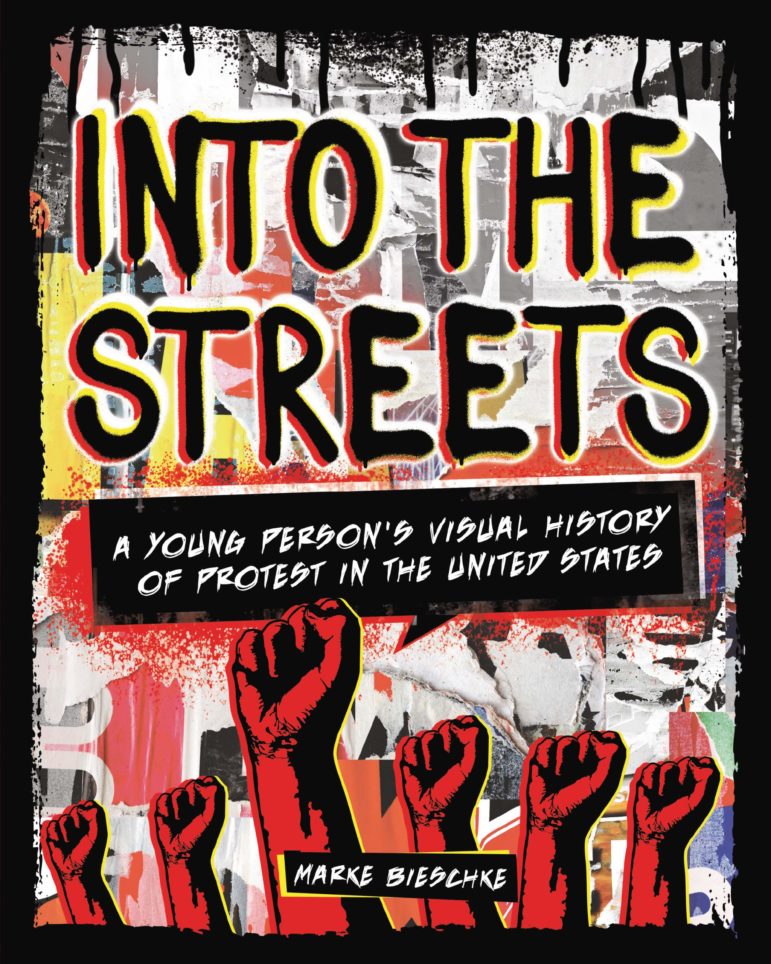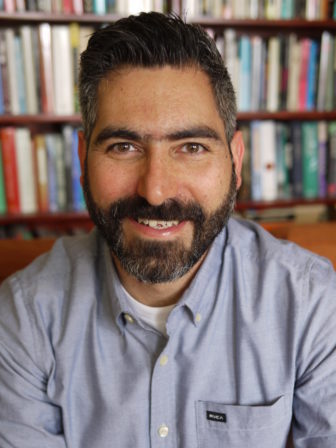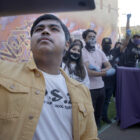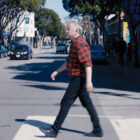Find the full “Civic” podcast of this interview below the text summary.
The coronavirus pandemic has forced millions of people to stay home from work and school, but it has not suppressed a deep cultural impulse for expressing frustration, solidarity and demand for change through public protest.
This year, that impulse has come from across the political spectrum, with early statehouse demonstrations decrying economic shutdown, followed by a national wave of protests against racism and police brutality in response to police killing George Floyd in Minneapolis.
Marke Bieschke gives the conversation about these events and an even broader range of actions rich historical context with his new book, “Into the Streets: A Young Person’s Visual History of Protests in the United States.”

Courtesy of Marke Bieschke
Cover of “Into the Streets: A Young Person’s Visual History of Protests in the United States” by Marke Bieschke.In the book, Bieschke explores women’s suffrage, the civil rights movement, farm workers strikes, occupations by Native American nations and LGBTQ demands for equity, along with many other examples of collective demand for change.
“We say the word protest, but the protest approaches can be anything from standing up in your classroom and challenging a teacher through to organizing global marches that involve millions of people,” Bieschke said. “A lot of people have a very, very defined vision of what a protest is. They think it’s going to be people in the streets with the picket signs and chants. And those are real. That is really the core of protesting in this country.”
While gatherings and marches represent much of the legacy of collective action, he said, there is more to be learned from the range of protest expressions, coordination, and short and long-term cultural effects.
“They don’t always have the immediate response or the immediate outcome that sometimes people think a protest must have,” Bieschke said. “A lot of protests just really serve to affirm your own feelings by being around other people or communicating with other people online, about how you feel so that you know that you’re not alone in your feelings.”
“They also serve as great networking and communication moments where you can build a movement out of that,” he said, pointing to the momentum that has developed around protests about the killing of George Floyd.
“We’re seeing all the hard work that’s gone into protesting against police violence — by Black activism, by Black activists over the years — come to fruition with these huge marches that involve all people of all different kinds of backgrounds,” he said.

Courtesy of Marke Bieschke
Marke BieschkeBieschke is a journalist and the publisher of daily news and culture site 48hills.org and the San Francisco Bay Guardian, the former alternative weekly newspaper that continues to publish voter guides and annual “Best of the Bay” culture guides. He is also part of the Stud Collective, which owns The Stud, San Francisco’s oldest queer nightclub.
“I think young people are really tuned into this. What I’ve been really encouraged by in the past few years, you know, from Greta Thunberg’s climate strikes, to the March for Our Lives’ Parkland High School kids, right up to through the George Floyd protests, where here in San Francisco, Simone Jacques led a march of 10,000 people through the Mission District — which is so, you know, uplifting and inspiring — is that young people are kind of building on, not only building on this legacy of assembling in order to express yourself, but also they’re just kind of instinctively doing it.”
Marke Bieschke
A segment from our radio show, “Civic.” Listen daily at 8 a.m. and 6 p.m. on 102.5 FM in San Francisco.









